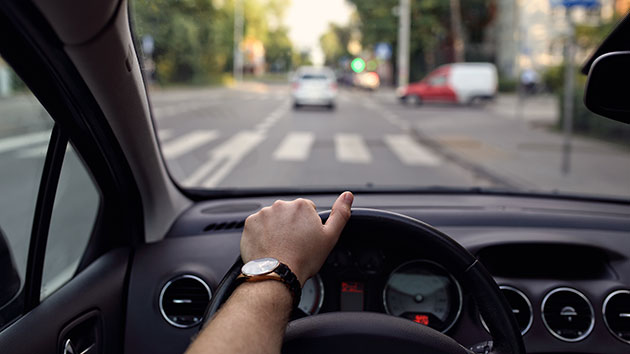We face moral dilemmas every day: at work, at home, and of course, in the car. Now, with Mercedes’ projected new line of autonomous vehicles, drivers will have one less ethical quandary to struggle with. Or will they?
In an attempt to solve the autonomous car industry’s variation of the Trolley Problem, the German automaker will program its future driverless cars to always and automatically save the driver. While this new policy may resolve one issue, it also brings a whole new set of ethical considerations into question.
For example, does it make sense for an autonomous car to drive through a group of children to avoid veering into another lane? Is the driver’s life worth more just because they’re in a car that’s programmed to think so?
Christoph von Hugo, Mercedes’ Manager of Driverless Car Safety, argues, “If you know you can save at least one person, at least save that one. Save the one in the car.”
In the case of driver or pedestrians, Mercedes claims that the complexity of predicting scenarios with external factors makes saving the driver a clear winner.
“You could sacrifice the car,” von Hugo allows. “You could, but then the people you’ve saved initially, you don’t know what happens to them after that in situations that are often very complex, so you save the ones you know you can save.”
Of course, in the eyes of many in the driverless-car industry, the Trolley Problem may not actually be a problem. The advancements in driverless technology are expected to save countless lives, far outnumbering the lives at risk in what are predicted to be rare scenarios of ethical ambiguity.
Audi and Volvo are so confident in the coming technology they have pledged to take full legal responsibility for any accidents or deaths resulting from their first line of autonomous cars.
This willingness to take on such a large amount of liability certainly speaks to their awareness of the improvements that will inevitably have to be made in the autonomous automobile industry—improvements which may not only be technical, but ethical as well.
So, as new driverless technologies continue to blossom and grow, drivers and passengers must grow and learn with them. For now, pedestrians will need to be more cautious while crossing the road, because even though a driver may see you, their car might not.
